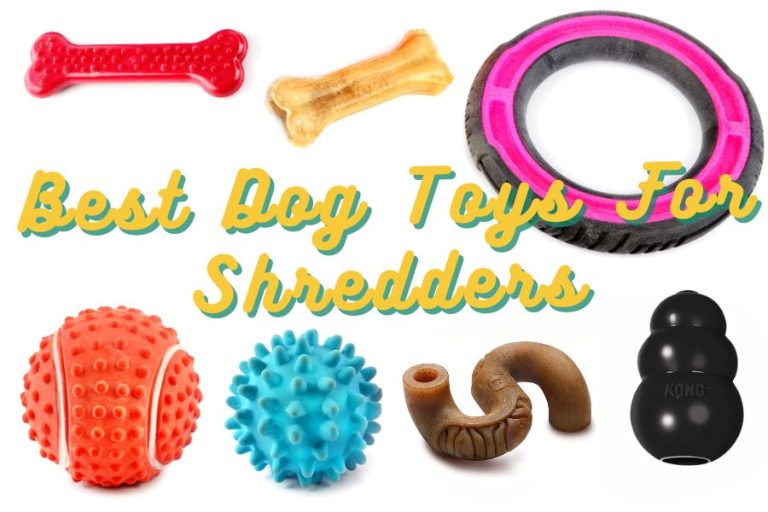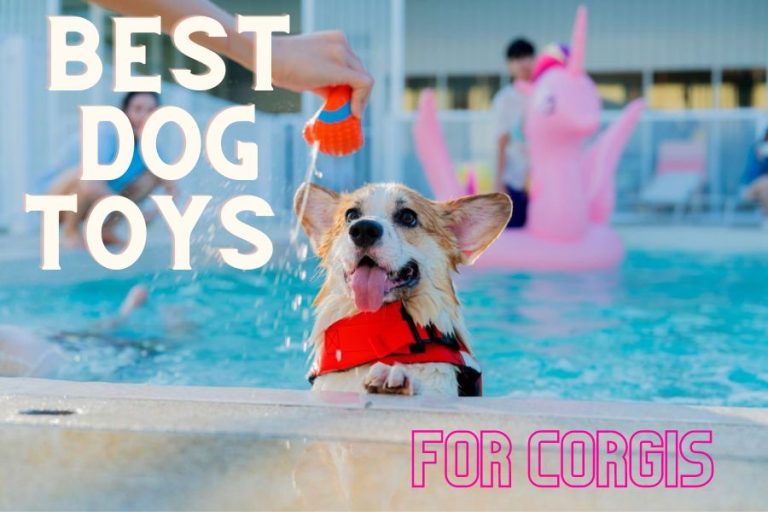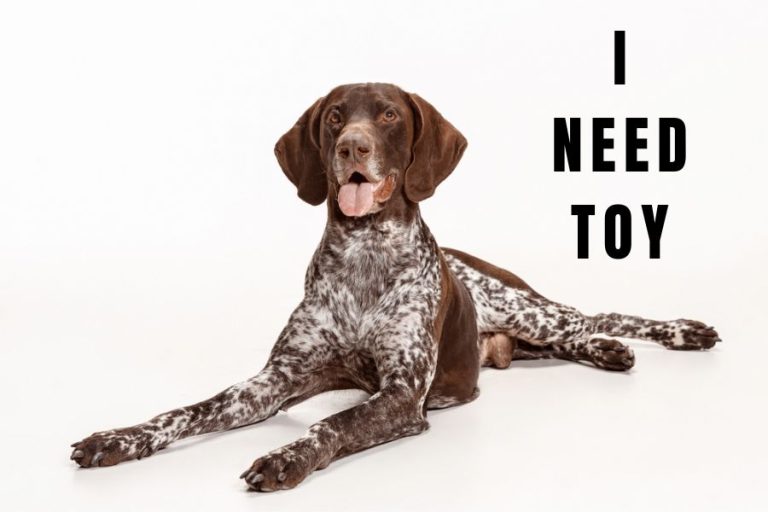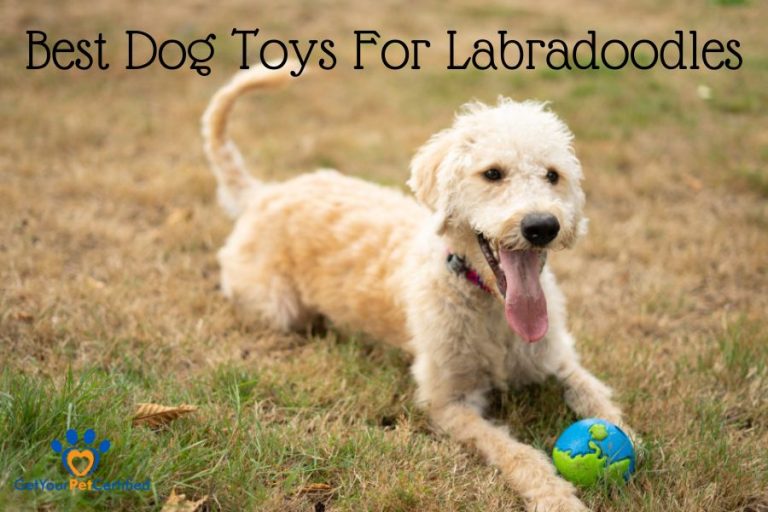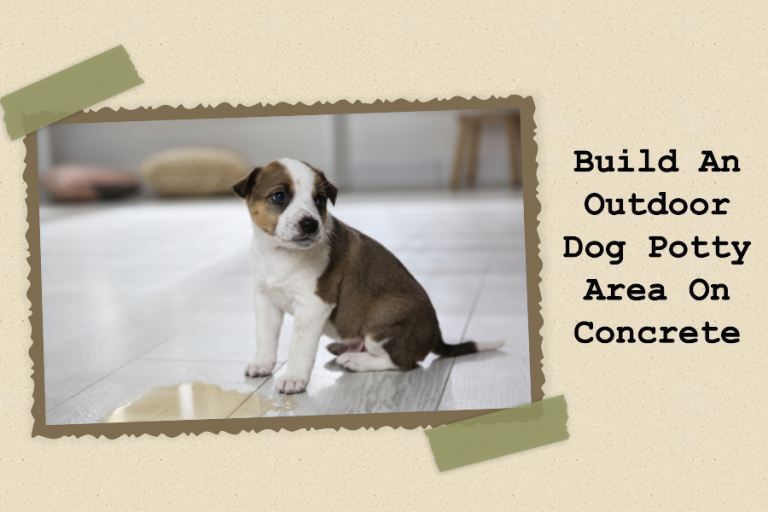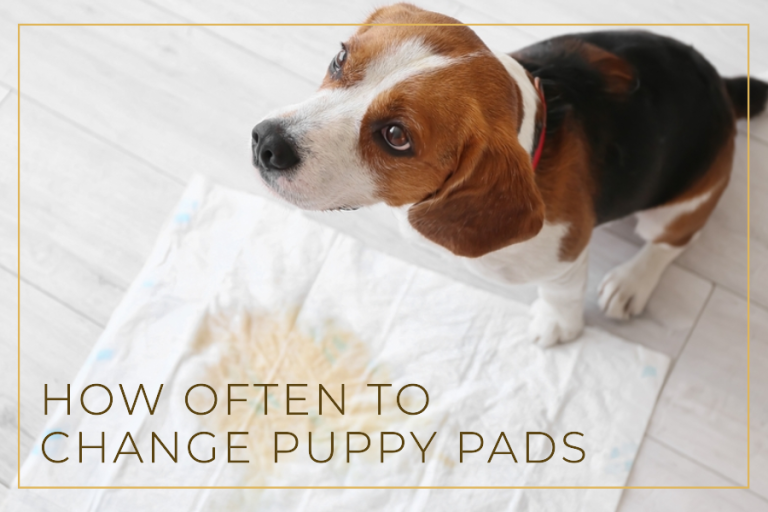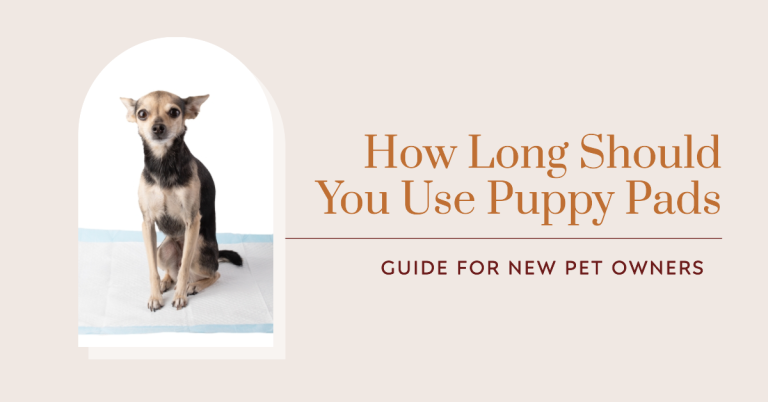How to Train a Dog to Pee on a Pad: Expert Strategies for Dog Pad Training Success
Introduction
As dog lovers and trainers, we understand the challenges of housebreaking a new pet. One essential skill, especially for puppies and apartment citizens, is pee pad training. It’s a game-changer during inclement weather too! If you’re scratching your head wondering, ‘How do we train a dog to pee on a pad?’, we’ve got you covered.
In this article, we’ll guide you through practical tips, effective techniques, and the little-known secrets to making pad training a success. Expect to learn about setting up the right environment, understanding your dog’s cues, and using positive reinforcement to achieve your training goals. Nothing but a clear path to a happy and hygienic home for you and your pet.
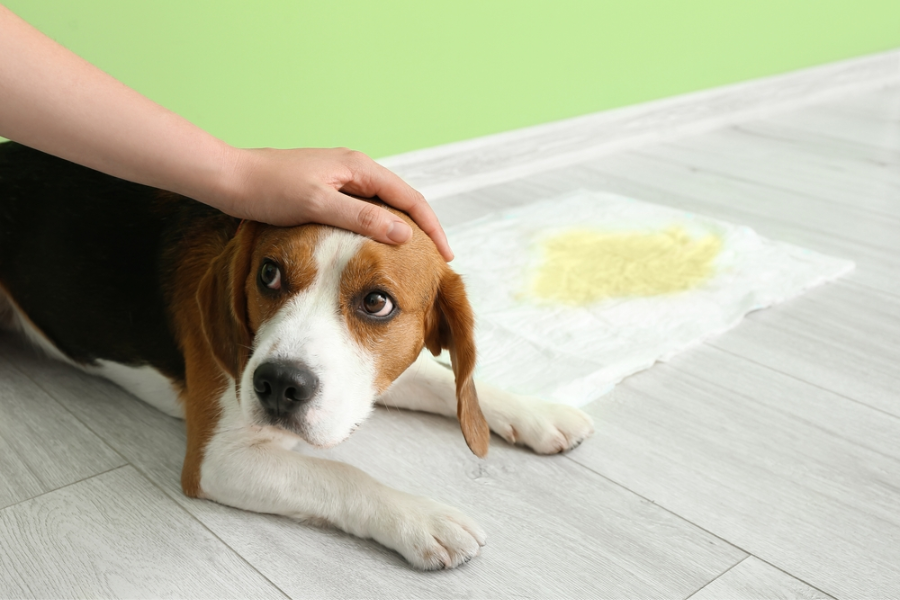
How to Train a Dog to Pee on a Pad?
Pee pad training is a method used to teach your dog to urinate on a specific pad. This technique is typically used for puppies, older dogs, or dogs living in apartments where outdoor access may be limited. Pee pad training offers convenience, flexibility in scheduling, and is particularly beneficial for apartment living.
Necessary Supplies for Pee Pad Training
Before you start training your dog, you need to gather some essential supplies.
Expert checklist :
- Pee Pads: Choose high-quality, absorbent pee pads. There are various types, including disposable, washable, and ones with attractant scents to encourage your dog to use them.
- Treats for Positive Reinforcement: Small treats are invaluable for rewarding your dog immediately after they use the pee pad correctly.
- Enzymatic Cleaner: Accidents happen, and when they do, it’s crucial to clean the area thoroughly. Enzymatic cleaners break down and eliminate odors and stains, which helps prevent your dog from revisiting the same spot for future accidents.
Having these supplies on hand will make the training process smoother and more effective.
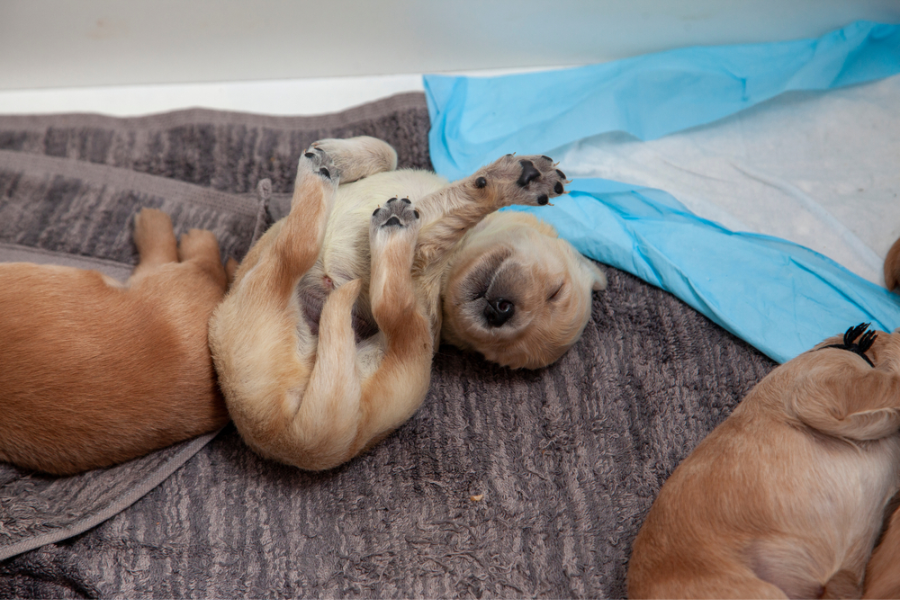
Steps to Introduce the Pee Pad to Your Dog
Introducing the pee pad to your dog involves more than just placing it on the floor.
- Choose the Right Spot: First, select a specific area in your home for the pee pad. It should be easily accessible to your dog yet away from their bed and feeding area. In my experience, a quiet corner in a less-trafficked room works best.
- Introduce the Pad: Let your dog explore the pad on their own. I usually place them on the pad after meals or nap times, gently encouraging them with a soft voice. It’s about making them comfortable with the pad’s presence.
- Identify the Signs: Dogs often show signs like sniffing or circling when they need to go. Watching for these cues is crucial. Every time I saw these signs, I would gently lead my dog to the pad.
- Command and Consistency: Using a consistent command like “go potty” helps. I always use the same phrase every time I place my dog on the pad. Consistency is key to reinforcing the behavior.
- Positive Reinforcement: Whenever your dog successfully uses the pad, reward them. I use treats, praise, or both. It’s important to do this immediately after they’ve finished to establish the connection between the action and the reward.
Where to Place Puppy Pads?
The placement of the puppy pads can significantly impact your dog’s training success. Ideal locations for puppy pad placement are near your dog’s bed or crate and in low-traffic areas of your home. These places are less likely to distract your dog and allow them to focus on the task at hand.
Common Mistakes to Avoid in Pee Pad Training
In my experience with pee pad training, I’ve noticed several common pitfalls that can easily derail the process.
Consistency is key: changing the pad’s location often or being irregular with training times confuses the dog. I once had a puppy that struggled with this until I established a strict routine.
Also, supervision is crucial. A puppy left alone might misuse the pad, or worse, develop undesirable habits. It’s important not to punish accidents; positive reinforcement works much better. With my first dog, I learned this the hard way.
Additionally, pee pads aren’t a permanent solution. Gradually moving towards outdoor elimination is essential. I remember making the mistake of using pads too long with my second dog, which made the transition tougher. Cleanliness is another aspect; proper cleaning of soiled areas prevents repeat mistakes.
Lastly, keeping a regular feeding and potty schedule helps immensely – dogs, much like us, thrive on routine.
How Long Does it Take to Pee Pad Train Your Dog?
Training your dog to use a pee pad is not an overnight task. It requires patience, consistency, and understanding. Generally, the time it takes to successfully train a dog to use a pee pad can range from a few weeks to several months. However, this is not a hard and fast rule. The duration is not the same for all dogs; it varies depending on several factors.
One of the primary factors that can affect the time required for pee pad training is the dog’s age. Puppies, for instance, typically take longer to train due to their shorter attention spans and less developed bladder control. On the other hand, older dogs may pick up the training quicker, especially if they have had previous training experiences.
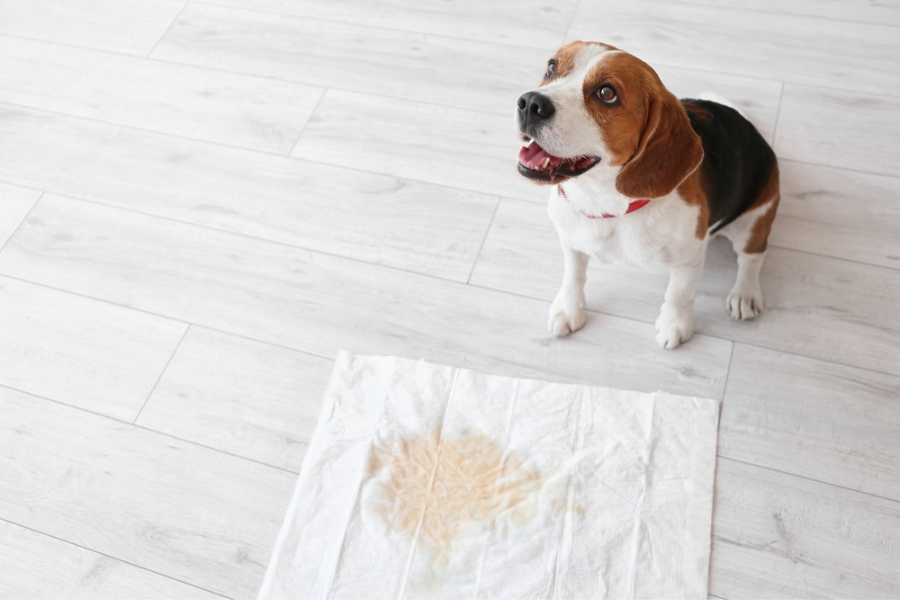
Previous training is another significant factor. If your dog has already been house trained or has had any form of obedience training, it might be easier for them to adapt to pee pad training. On the contrary, if your dog is not used to following commands or being trained, it might take a longer time for them to get used to the idea of using a pee pad.
Remember, pee pad training is not a race. It’s more important to ensure that your dog is comfortable and understands the process rather than rushing through it. Patience, consistency, and positive reinforcement are key in achieving successful pee pad training.
Are Pee Pads Confusing for Dogs?
Pee pads can potentially be confusing for dogs, especially if they are being trained to eventually eliminate outdoors. The confusion often arises from the mixed signals dogs receive about where it’s acceptable to go to the bathroom. Here’s a brief overview of how this confusion might occur:
- Mixed Indoor/Outdoor Messages: If the ultimate goal is to have your dog eliminate outside, using pee pads indoors can send conflicting messages. Dogs may struggle to understand why it’s okay to go inside sometimes (on the pad) but not at other times, or why they can’t go indoors once they start going outside.
- Similarity to Household Items: Some dogs may confuse pee pads with other similar items in the house, like rugs or towels. This can lead to unwanted accidents on items that resemble the pads.
- Inconsistent Rules: If the rules about using pee pads aren’t consistent (e.g., sometimes being allowed to use them and other times not), this can add to the confusion.
How to Choose the Right Pee Pad?
Factors to consider when selecting pee pads
According to market research, the global pet training products market, including pee pads, is growing, reflecting an increased interest in effective and humane pet training methods.
- Size Matters: Size is a crucial factor. A pad too small increases the chance of misses and overflows, while excessively large ones may intimidate some pets. The general rule is to choose a pad that is large enough for your dog to comfortably turn around and squat. For puppies, consider their growth and how quickly they’ll need a larger size.
- Material and Absorbency: Pee pads are made from various materials, each offering different levels of absorbency. The most common materials are cotton, cellulose, or polymer. High-absorbency pads are ideal for larger breeds or dogs that urinate frequently. They prevent leaks and control odors more effectively.
- Type of Backing: The backing of the pad is important to prevent leaks. Most pee pads have a plastic backing, but some eco-friendly options use more sustainable materials. Consider your flooring type and whether non-slip backing might be necessary.
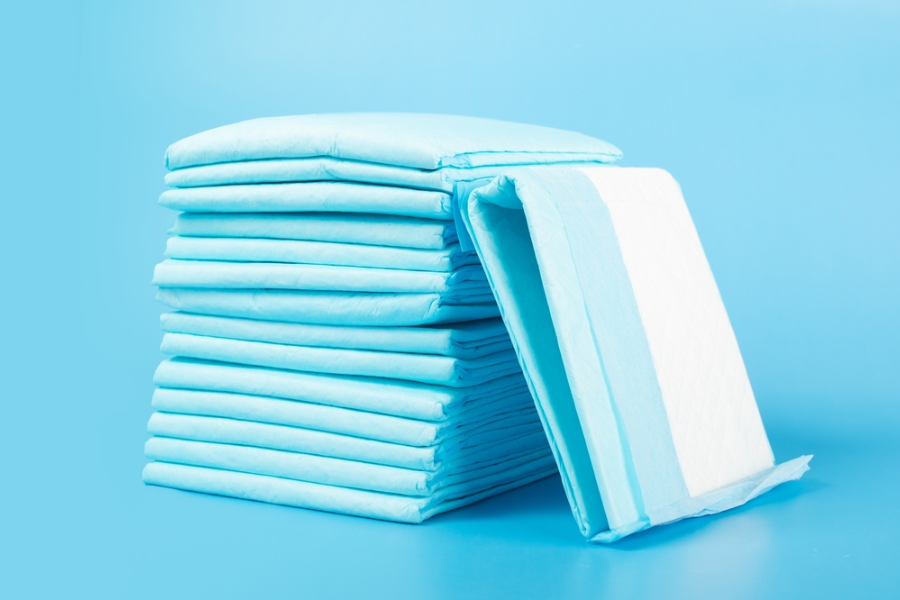
Pros and cons of different types of pee pads.
Disposable Pee Pads: These are convenient and generally more absorbent. They are ideal for short-term use, like puppy training, or for convenience during travel. However, the ongoing cost and environmental impact are downsides.
Washable Pee Pads: Reusable and eco-friendly, washable pee pads can be more cost-effective in the long run. They are often made with more comfortable materials, which some pets prefer. The trade-off is the need for regular laundering.
| Type | Pros | Cons |
| Disposable Pads | High absorbency, convenience, hygienic | Recurring cost, less eco-friendly |
| Washable Pads | Reusable, eco-friendly, cost-effective over time | Requires regular washing, initially more expensive |
Special Features in Pee Pads
Some pee pads come with additional features, such as:
- Attractant Scents: To help guide pets to the pad.
- Adhesive Tabs: Useful for securing pads to the floor.
- Built-in Deodorizers: To control odors.
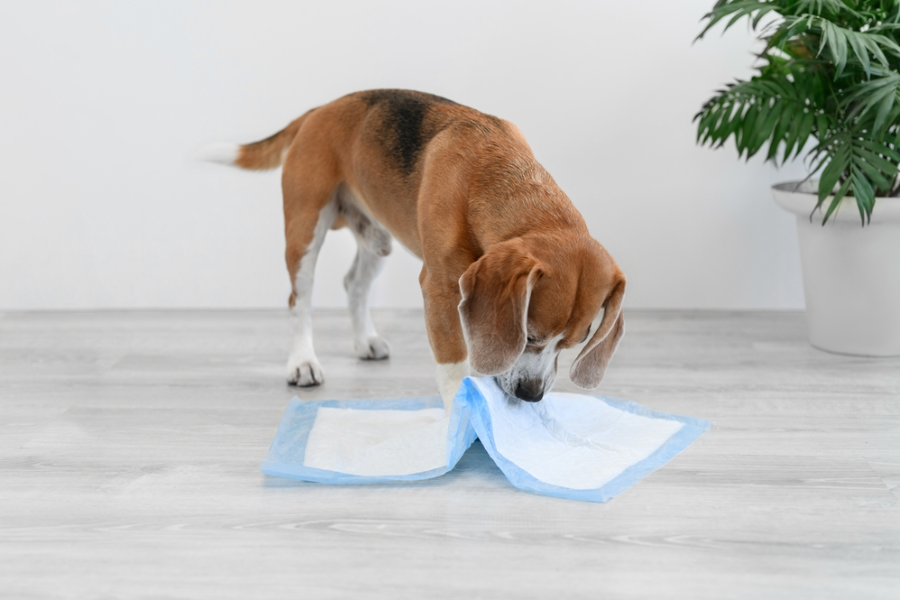
Conclusion
In this discussion, we’ve explored the importance and practicality of pee pad training, particularly for puppies and dogs in urban settings or for those with busy schedules. Our comprehensive guide has outlined the essentials for training your dog to use the pee pad effectively.
Remember, consistency and patience are vital in this journey. In conclusion, pee pad training is a valuable and feasible option for many pet owners. Armed with the guidance provided, you’re well-equipped to successfully train your dog. Best of luck on this training adventure!


